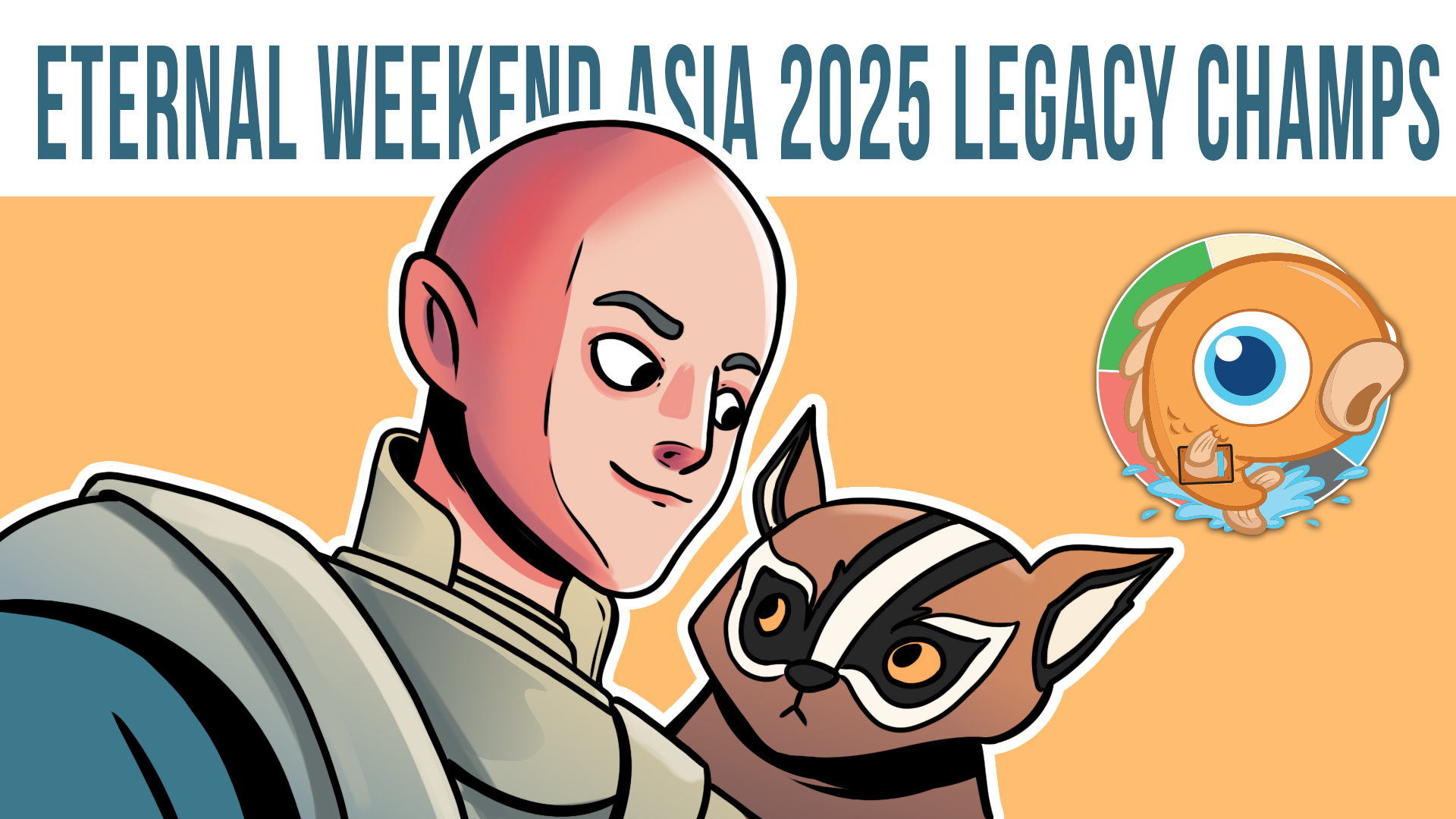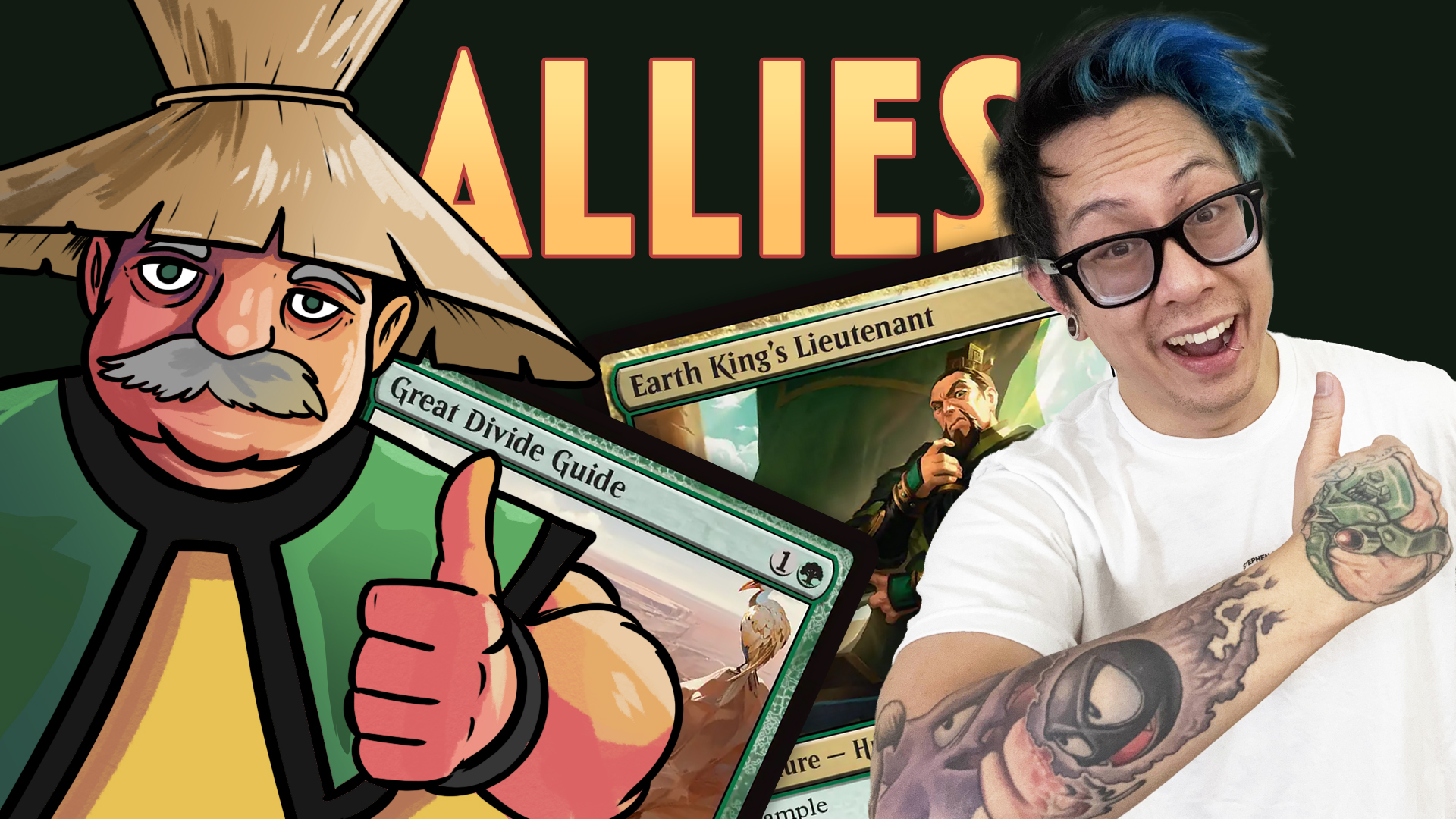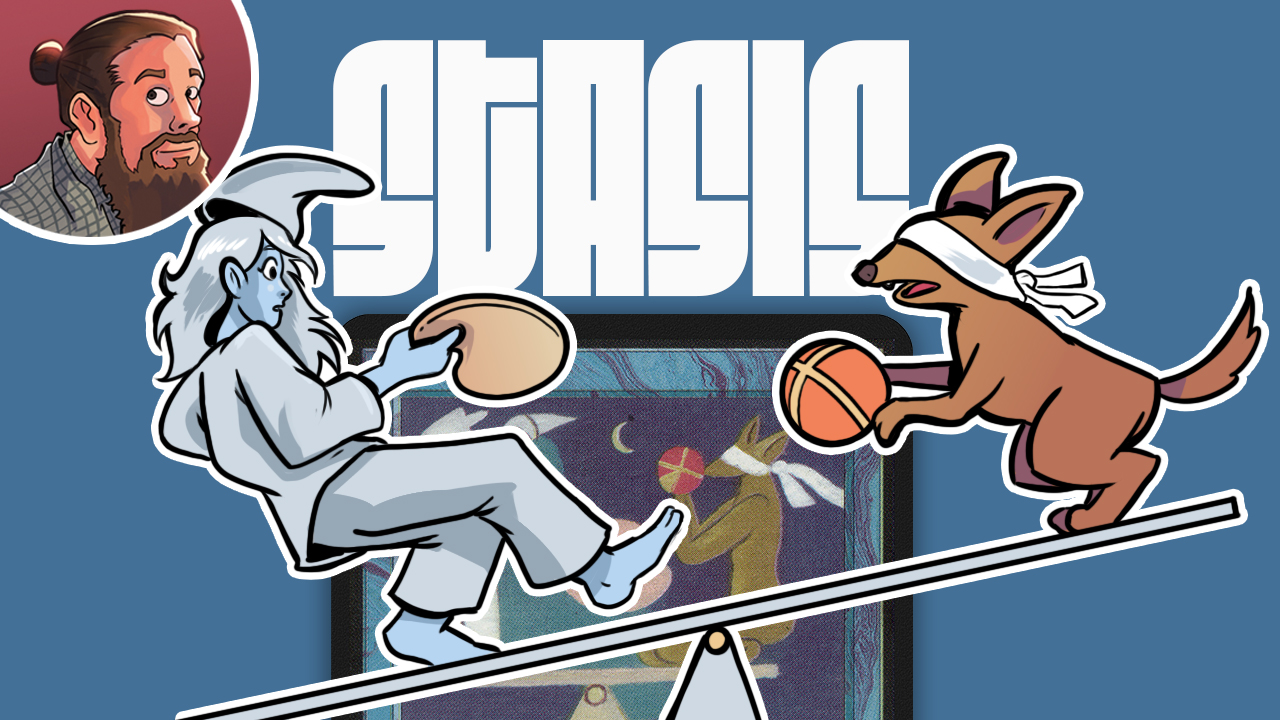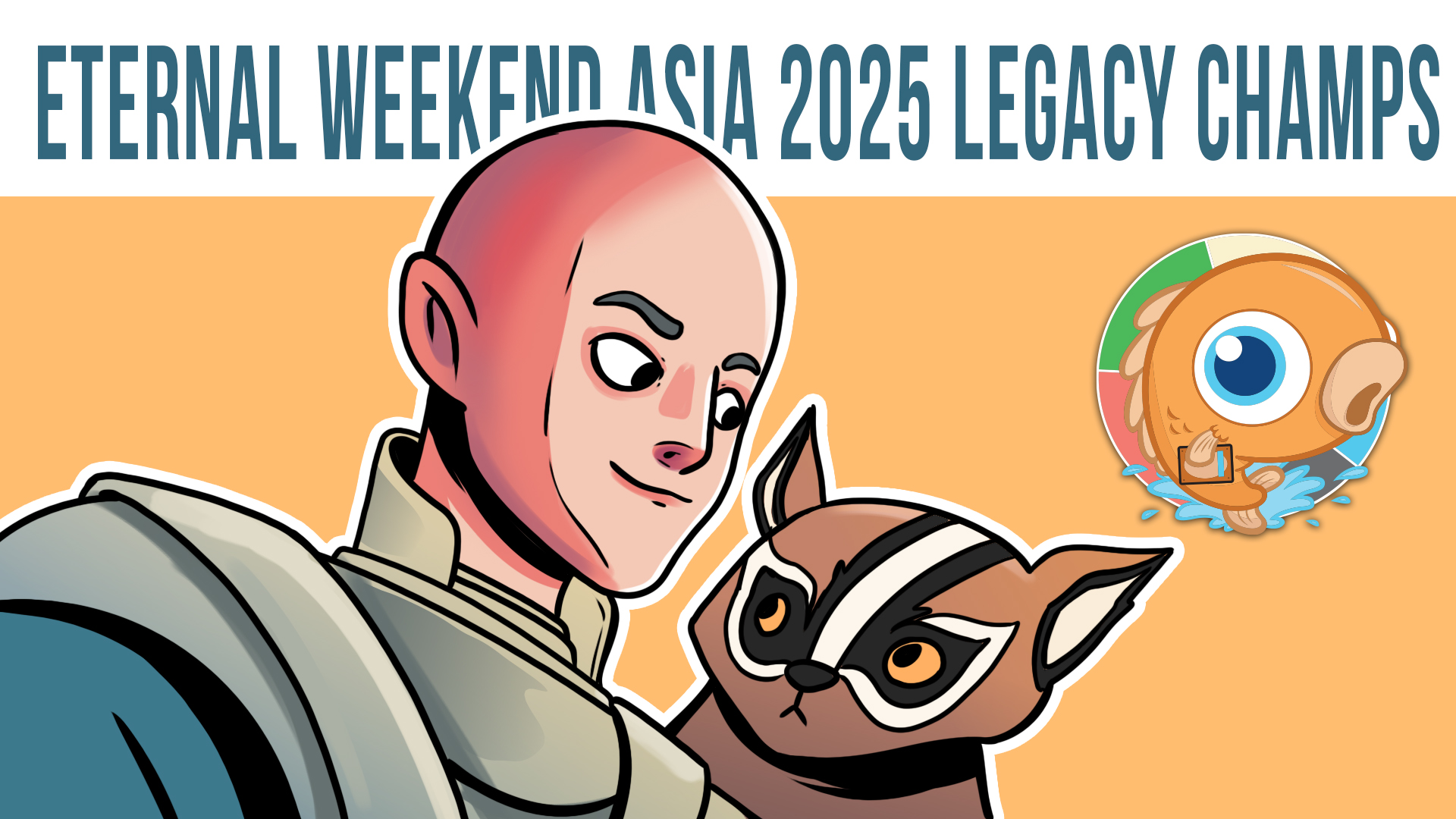Quantifying a Pro Tour Top 8's Effect on Prices
Let me apologize in advance: for the second time this week I'm going to talk a little bit about football. Even if you are not a fan of the sport, I'm sure you are familiar with the Super Bowl, which is the biggest sporting event in North America on a yearly basis. In many ways, this is similar to a Pro Tour in the world of Magic. Another similarity between a football team and a Magic deck is that both are truly a team effort. Just like having four copies of Jace, the Mind Sculptor in a deck full of Mudholes and One with Nothings isn't going to win you a Pro Tour, simply having the best player on the football field isn't going to win you the Super Bowl without a passable supporting cast.
Now there is this oddly illogical trend in football that takes place after a team wins the Super Bowl: the value of their players in the open (free agent) market skyrockets. Every year some sad-sack team pays a role-player from last year's Super Bowl winning team like they are a super star. It doesn't even matter how well that player performed in the big game; it's simply the fact that they were on the winning team. This almost always ends badly. The player, predictably, performs like the role player they are instead of the star they are being paid like.
We have a similar trend in Magic: when a card makes the Top 8 of a Pro Tour, it almost invariably increases in price, sometimes ending up two, three or even four times its pre-PT value. Unfortunately, like role-players from Super Bowl teams, these cards rarely prove to be worth their new price, and instead fall back to earth in the weeks and months following the Pro Tour.
As a result, we have two questions we are trying to answer today. First, how much is making the Top 8 of a Pro Tour actually worth? How much do these cards increase? Second, how long do these increases last? Weeks? Months? An entire Standard season? In an attempt to answer these questions, we will be looking at the last three large-set Standard Pro Tours: Khans of Tarkir, Theros, and Gatecrash.
In examining these Pro Tours will be looking specifically at cards from the most recently released set (which is easy, since this set also makes up the name of the Pro Tour). I've mentioned this before in the past, but it's worth stating once again: a big Pro Tour performance a week or two after a set release creates a perfect storm for prices spikes. Supply is low because there hasn't been that much time to open boxes or play limited, and Magic Online redemption hasn't started yet. At the same time, demand increases because everyone wants to play whatever deck (or decks) perform well in the hands of the pros on the big stage. Let's start our journey by digging into Pro Tour Khans of Tarkir.
Pro Tour Khans of Tarkir
At #PTKTK seven rares and five mythics from Khans of Tarkir made it to the top eight. 10 of these 12 cards saw meaningful prices increases in response to their PT performance. Considering that there is a much greater supply of rares than there is of mythics, it's probably best that we look at them separately. Let's start with the KTK mythics.
In general, the mythics of KTK that managed to Top 8 did quite well for themselves. While Anafenza, the Foremost and Sorin, Solemn Visitor bring up the rear, it is important to realize that the planeswalker actually doubled in price before the Pro Tour, so it's not all that surprising that he didn't put up huge gains on the back of his Top 8 performance.
It's also interesting to note that the number of copies in the Top 8 doesn't seem to make much of a difference. Ashcloud Phoenix was one of the biggest gainers, and it only have three copies, while Sorin, Solemn Visitor had seven copies and barely increased at all.
Overall, the mythics that made the Top 8 gained an average of 50.1 percent, which might not be staggering, but is still enough of an increase to be profitable (assuming you can find a buyer for the cards at the Pro Tour price). Which brings us to our second chart.
This chart show how many weeks it took for the cards to return to their pre-spike prices. Every single card did, eventually, although it predictably took the big gainers longer. The way these cards give up their value, though, is actually pretty interesting. Unlike rares, which are more prone to a big spike and a massive decline (we'll talk more about this in a minute), mythics typically give up between 10 and 15 percent of their value each week in a very predictable manner. Perhaps more importantly, week one looks much the same as week 8, so while you get the absolute maximum selling as soon as possible after the Pro Tour, you don't lose a significant amount being a few days late (or even a couple weeks lates).
Rares, at least by percentage, are actually apt to spike much harder than mythics. However, this is most likely a product of their lower starting price. While it is virtually impossible for a $30 mythic to increase 400 percent, a $2 rare like Dig Through Time can do this with little trouble given the right circumstances.
Utter End and Rattleclaw Mystic are the outliers for the rares, not increasing at all as a result of making the Top 8. This may be attributable to the fact that both of these cards were promos associated with the release of KTK. Rattleclaw Mystic was the Buy-A-Box while Utter End was the Game Day promo, so these cards have a larger supply than the typical KTK rare. The good news is even these two misses doesn't really dampen the average rare increase. If you purchased these seven rares leading into #PTKTK, you would have gained an average of 165 percent. When you consider the average before price of these cards was $3.29, and that the average after price was $8.70, you can see that there was a very handsome profit to be made by picking the rares that hit the Top 8. How long do these increases last for rares? Let's see.
While the total number of weeks it takes for a rare to return to its pre-spike price is similar to most mythics, the way rares give back this value is much different. Instead of a slow, steady, and small decrease every week, rares tend to give up significant value almost immediately. Both Jeskai Ascendency and Rakshasa Deathdealer, for example, decreased between 30 and 35 percent in value in the week after the Pro Tour. While they still hung slightly above their pre-spike value for a while, it is likely that unless you managed to sell your copies immediately in the mist of the PT hype, your profits would be minimal. Basically, for most rares, the spike-window is much shorter than it is for most mythic.
Before we move on to #PTTHS, take a gander at these two charts. One shows Mantis Rider, one of the big winners from the Pro Tour, and the other shows Butcher of the Horde, a card that was just as heavily played as Mantis Rider after the Pro Tour.
To me, these charts suggests that it is clearly the Pro Tour (and specifically a Pro Tour Top 8) that caused these price increases. If it was some other variable, we would expect a card like Butcher of the Horde to increase along with Mantis Rider. Such is the power of being on camera and the hype surrounding the Pro Tour.
Pro Tour Theros
Pro Tour Theros featured eight THS mythics and nine THS rares in the top eight for a total of 17 cards, twelve of which increased in value in response to the Pro Tour. In some ways, Theros is unique — in the pre-order period, no one was sure of what to make of the gods, and as a result, vendors priced them extremely conservatively, with several starting at over $20. This meant it was going to take a significant amount of play (or hype) to move the price (unlike some of the KTK mythics, which were likely under-priced due to the presence of fetchlands which ate up a large portion of the set's EV). Anyway, here is what happened with the mythics from Theros at the Pro Tour.
Pro Tour Theros was the coming out party for the Mono-Blue Devotion deck in the hands of Team SCG, so it's not surprising that Master of Waves and Thassa, God of the Sea were two of the biggest winners. Beyond the numbers, it seems like these two mythics can teach us a good lesson about just how much a card's price can limit its growth potential.
Thassa, God of the Sea and Master of Waves were always played together, so any time Team SCG was on camera, both of the cards would be on camera. Both mythics received a similar amount of coverage. They were both premier cards in the deck, so it also seems likely that the amount of hype they received was similar. The only meaningful difference between these two cards is that Thassa, God of the Sea was $15 heading into the Pro Tour, while Master of Waves was only $6. This "before" price difference is the one and only reason that Master of Waves increased nearly 200 percent more than Thassa, God of the Sea. If the "before" prices were reversed, I would bet the house that Thassa, God of the Sea would've been the bigger gainer.
While this might seem obvious, if you glance back up to the KTK mythics, you'll see that the two biggest gainers were also sub-$10 cards heading into the PT. Maybe this is the sweet spot for big mythic spikes at the Pro Tour?
Unfortunately, this isn't all that helpful for the upcoming #PTDTK since there are quite a few mythics in that price range. But it does suggest you are better off betting on cards like Shorecrasher Elemental, Dragonlord Atarka, or even Ojutai Exemplars than you are putting your money on Dragonlord Ojutai or Narset Transcendent. Even if the latter two cards put up a great performance, how high much can they really increase? 50 percent perhaps? But if one of the big teams shows up with an updated Mono-U Devotion list and puts Shorecrasher Elemental in the T8, the payoff could be immense, with the card doubling or tripling in price overnight.
Back to Theros. The average increase for the eight Theros mythics was 61.85 percent (mostly on the strength of Master of Waves), which means THS mythics actually outpaced the 50.1 percent gained by KTK mythics. But what about the rares? Let's take a look.
While the Theros rares lag far behind the KTK rares, only gaining an average of 62 percent, perhaps the most interesting thing about this group of cards is how many of them were legitimately under-priced. With KTK, only a single card managed to avoid falling back to (or below) its pre-spike price (Dig Through Time), while Theros block had five cards that fall into this category. Included on this list are Polukranos, World Eater, Master of Waves, Hero's Downfall, Arbor Colossus, and Nykthos, Shrine to Nyx. Furthermore, some of the other rares in Theros increased significantly in price soon after the Pro Tour, like Sylvan Caryatid and Whip of Erebos. These cards also managed to maintain their value for the long-haul.
I'm not sure exactly what this means, but it does seem to further confirm the fact that pretty much everyone missed on Theros during the pre-order period; not only vendors, but players as well. It seems so obvious in hindsight that a card like Nykthos, Shrine to Nyx is broken. I mean, it's a land that can tap for 15 mana! But during pre-order season, it was widely overlooked.
Pro Tour Gatecrash
Since Pro Tour Return to Ravnica was Modern, we need to turn to Gatecrash for our look at RTR block. This is actually a good thing, since Gatecrash might be one of the better comparisons to Dragons of Tarkir. Both are large sets that came out during odd times of the year for a large set, and unlike Pro Tours Theros and Khans of Tarkir, neither PT Gatecrash or Dragons were tied to a Standard rotation. Unfortunately, #PTGTC paints a worrisome picture of what we might have to look forward to this weekend. Ready for the chart showing the percent increases of Gatecrash rares?
That's right, only one Gatecrash card managed to make the Top 8 at Pro Tour Gatecrash. While Boros Reckoner managed to post a massive increase moving from below $5 during pre-orders to over $25 right after the Pro Tour, he also illuminates the problem with non-rotational Pro Tours: the best decks are often already set.
Master of Waves and Thassa, God of the Sea spiked because the format was fresh, which opened the door for Mono-Blue Devotion. The same goes for Siege Rhino, Jeskai Ascendancy, and Dig Through Time. While some of the Gatecrash cards (like Dragons of Tarkir cards) are powerful, instead of looking for cards that can create a new archetype (sorry two-CMC megamorph cycle), non-rotational Pro Tours provide incentive to optimize pre-existing decks rather than building something completely new.
While I would bet that more than one Dragons of Tarkir card shows up in the Top 8 come Sunday, the most likely inclusions are cards that slot into pre-existing lists like Thunderbreaker Regent in GR Monsters, Deathmist Raptor in GW Devotion, or Narset Transcendent in Jeskai Tokens or U/W/x control.
While I'll be keeping my fingers crossed that some pro decides the best thing they can do in the format is cast See the Unwritten for Dragonlord Kolaghan and Dragonlord Atarka, unmorph a Hidden Dragonslayer or Den Protector, get frisky with Shaman of Forgotten Ways, or cast Empty the Pits with a Risen Executioner on the battlefield, what I'm actually expecting to see a Sidisi, Undead Vizier here, a Dragonlord Ojutai there, and a few Surrak, the Hunt Caller every now and then.
Conclusion
Based on the last three large-set Pro Tours, making the top eight seems to be worth about a 100 percent increase for rares and a 55 percent increase for mythics. In most cases, these gains will be temporary, with 80 percent of cards returning to their pre-PT spike prices within a couple months and some in only a couple weeks. The biggest gains for both rares and mythics almost exclusively come from cards priced between $2 and $6. High end cards and bulk rares do increase, but very rarely by more than 50 percent and often far less.
Anyway, that's all for today. What do you think? How many DTK cards will end up in the Top 8 on Sunday? If you were going to pick one "sleeper" rare or mythic in the $2 to $6 price range to double (or more) in price this weekend, what would it be? Can any of the DTK cards buck the non-rotational PT trend and create an entirely new archetype, or are we going to see a few cards here or there slotted into existing decks? Let me know in the comments, or you can reach me on Twitter @SaffronOlive.




















